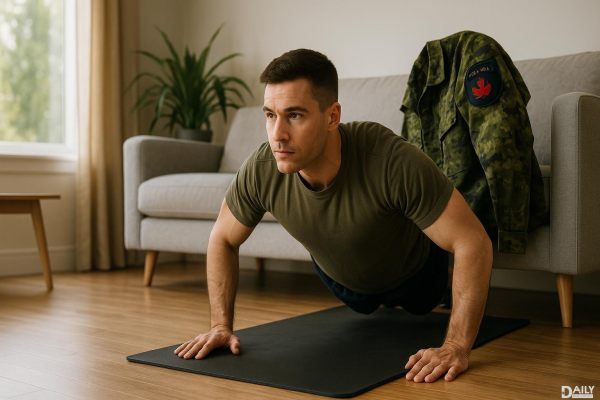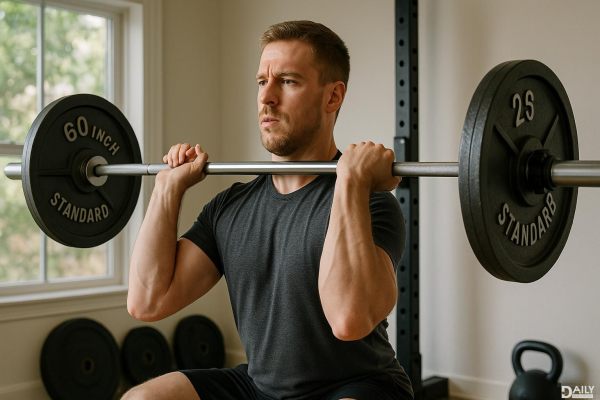Recovering from a mastectomy is a journey that requires patience, care, and the right kind of movement. While the procedure itself is a major step in treating or preventing breast cancer, the aftermath can leave you feeling like your body isn’t quite your own—at least not yet. Tightness, numbness, and limited mobility are common, but with the right exercises, you can ease discomfort and regain strength over time. The key? Starting slow, listening to your body, and working closely with your medical team to ensure a safe and effective recovery.
Why Movement Matters After Mastectomy
You might think rest is the best medicine after surgery, but gentle movement is actually crucial for healing. After a mastectomy, scar tissue forms, muscles tighten, and range of motion in the shoulders and chest can become restricted. Without proper stretching and mobility work, this can lead to chronic pain, poor posture, and even long-term shoulder dysfunction. Physical therapists specializing in oncology rehab emphasize that controlled movement helps break up scar tissue, improves circulation, and prevents stiffness from setting in. The goal isn’t to push through pain but to reintroduce motion in a way that supports healing.
When to Start Exercising Post-Surgery
Timing is everything. Most surgeons recommend waiting until drains are removed before beginning any structured exercises—usually around one to two weeks post-op. However, simple movements like shoulder rolls and deep breathing can often be done sooner to prevent stiffness. Always get clearance from your surgeon before starting any routine, and consider working with a physical therapist who specializes in post-mastectomy rehab. They can tailor exercises to your specific needs, whether you’ve had a single or double mastectomy, reconstruction, or lymph node removal.
Top Exercises to Restore Mobility
These moves are designed to gently reintroduce movement without straining healing tissues. Perform them slowly and stop if you feel sharp pain (though mild discomfort is normal as you work through tightness).
Shoulder Rolls and Circles
This simple exercise helps maintain shoulder mobility and prevents stiffness. Sit or stand tall, relax your arms, and slowly roll your shoulders forward in small circles. After 10 reps, reverse direction. Keep movements smooth and controlled—no jerking or forcing the motion. If you feel tension, ease up. Think of it as waking up the muscles rather than challenging them.
Wall Walks for Range of Motion
Facing a wall, place your hands at shoulder height and slowly "walk" your fingers upward until you feel a stretch. Hold for a few seconds, then walk them back down. This helps regain overhead mobility, which is often limited post-surgery. If you have drains or recent reconstruction, avoid lifting arms above shoulder height until cleared by your doctor.
Scapular Squeezes to Combat Tightness
Sit or stand with elbows bent at 90 degrees. Gently squeeze your shoulder blades together, as if trying to hold a pencil between them. Hold for 5 seconds, then release. This strengthens the upper back and counteracts the hunched posture that can develop after surgery.
What to Avoid During Early Recovery
While movement is beneficial, certain activities can hinder healing. Heavy lifting (anything over 5-10 pounds), intense stretching, or sudden jerking motions should be avoided for at least six weeks. Push-ups, planks, and other chest-loaded exercises are off the table early on. Also, skip any movements that cause pulling or tension around incision sites. If an exercise feels wrong, it probably is—stop and consult your care team.
Listening to Your Body’s Signals
Recovery isn’t linear, and some days will feel better than others. It’s normal to experience fluctuations in pain, energy levels, and mobility. Pay attention to warning signs like increased swelling, sharp pain, or redness around incisions, which could indicate overexertion or infection. Fatigue is also common—don’t push through exhaustion. Rest is just as important as movement in the healing process.
Long-Term Recovery and Beyond
After the initial six-week recovery period, many women gradually reintroduce strength training and cardio. Swimming, yoga, and light resistance work can help rebuild endurance. However, if you’ve had lymph nodes removed, be mindful of lymphedema risk and avoid heavy strain on the affected side. Many survivors find that working with a physical therapist long-term helps them regain full function and confidence in their bodies.
Remember, recovery is deeply personal. Some women bounce back quickly, while others need more time. There’s no "right" timeline—just what’s right for you. Celebrate small victories, whether it’s reaching a little higher or feeling less stiffness in the morning. With patience and the right exercises, you’ll regain strength and mobility on your own terms.
























